Traduzione generata automaticamente
Mostra originale
Mostra traduzione
Albert-Ernest Carrier-Belleuse (1824 Anizy-le-Château - 1887 Sèvres), Reading Woman, around 1880. Bronze mounted on a cast base and finished with a golden metal coating. 33 cm (total height) x 9 cm (length) x 9 cm (depth), weight 2.97 kg. Signed on the plinth “A.[lbert-Ernst] CARRIER.BELLEUSE], titled ‘LISEUSE’ on the base plate and inscribed ‘Par Carrier-Belleuse (Grand Prix de Salon)’.
- The front edge of the plinth with a small bumped area, slight traces of oxidation in the breast area, somewhat rubbed in places, overall in very good condition for its age
- The golden glow of imagination -
Albert-Ernest Carrier-Belleuse takes us back to the time of the Très Riches Heures, the Book of Hours of the Duke of Berry, created by the Limbourg brothers between 1485 and 1489. The reading woman seems to have stepped directly out of the world of the Book of Hours, reflecting on the act of reading itself. Her gown, decorated with extremely rich brocade embroidery, which requires the greatest precision in the bronze casting, identifies her as an elegant court lady. She is engrossed in reading a book, which may be a Book of Hours, as indicated by its richly decorated cover and format. While the lady holds the book with one hand and the open pages with her thumb, the fingers of the other hand are already turning the next page, thus illustrating the process of reading. If her face radiates a calm, almost motionless beauty, the cascading folds convey the inner movement to the outside. Like a saintly figure of the time, she has gathered her outer garment with her forearm, creating elegant drapery that also dramatizes the figure.
Carrier-Belleuse experimented with galvanic processes to silver and gild the surfaces of bronze sculptures. The Woman Reading, for which the artist was awarded the Grand Prix of the Paris Salon, is an outstanding example of this innovative technique. The golden appearance evokes the lost "sacred" time visualized by the reading woman. At the same time, the pictorial representation of reading opens up the realm of the imagination.
About the artist
After an apprenticeship as a chaser and goldsmith in Paris, Albert-Ernest Carrier-Belleuse began studying at the Ecole des Beaux-Arts under Pierre-Jean David d'Angers in 1840, but soon turned his back on academic art and transferred to the Petite École, which became the École nationale des arts décoratifs in 1877. In 1848, he moved to England and worked as a designer for the famous Herbert Minton porcelain and faience factory in Stoke-upon-Trent. He also designed for Wedgewood and Copeland, the cast iron company Coalbrookdale, and the furniture company Graham & Jackson. Even after returning to Paris in 1855, he continued to provide models for British manufacturers throughout his artistic career.
from 1857, he was a regular exhibitor at the Paris Salon and quickly became a sought-after artist. Napoleon III acquired the marble statue "Bacchante", presented in 1863, for the Tuileries Gardens (now in the Musée d'Orsay) and praised Carrier-Belleuse as "notre Clodion", referring to the most admired sculptor of the 18th century in France, Claude Michel gen. Clodion (1738-1814). The emperor's appreciation led to further state purchases. In 1867, the "Messiah" from the Salon, which had been awarded the Medal of Honor, was purchased for the St-Vincent-de-Paul Church in Paris, which also earned the artist the Cross of the Legion of Honor. "The Sleeping Hebe of 1869 was even commissioned by the state and is now in the Musée d'Orsay.
Carrier-Belleuse also created numerous portrait busts of contemporary and historical figures. He portrayed Napoléon III, Eugène Delacroix, Honoré Daumier, Théophile Gautier and his great idol Jean-Antoine Houdon, among others. His oeuvre also includes monumental memorials such as the "Maréchal Masséna" in Nice (1869) and the equestrian monument to the unification of Wallachia, Transylvania and Moldavia in Bucharest (1876).
In 1871, Carrier-Belleuse and Auguste Rodin fled from the Paris Commune to Brussels, where they created a frieze for the newly built stock exchange under his direction. After his return to Paris, one of his most important artistic activities was undoubtedly his creations for the New Opera of Charles Garnier, with whom he was friends, as well as with Jean-Baptiste Carpeaux. from 1875 until his death in 1887, Carrier-Belleuse was artistic director of the Sèvres porcelain factory, which flourished under his leadership. Auguste Rodin also worked for Carrier-Belleuse in Sèvres from 1877 to 1883, and Rodin created a terracotta bust of him in 1882.
In addition to his artistic innovations, which opened academic classicism to a new naturalistic sensuality, Carrier-Belleuse also developed technical innovations. He experimented with galvanic methods of finishing bronze sculptures.
In 1885, an incurable eye disease gradually blinded him. In the same year, the artist, who had been named a Knight of the Legion of Honor in 1867, was made an Officer of the Legion of Honor.
Albert-Ernest Carrier-Belleuse signed his works "A. Carrier" and from about 1868 "A. Carrier-Belleuse".
Albert-Ernest Carrier-Belleuse (1824 Anizy-le-Château - 1887 Sèvres), Donna che legge, 1880 circa. Bronzo montato su una base in fusione e rifinito con un rivestimento metallico dorato. 33 cm (altezza totale) x 9 cm (lunghezza) x 9 cm (profondità), peso 2,97 kg. Firmato sul basamento "A.[lbert-Ernst] CARRIER.BELLEUSE], intitolato "LISEUSE" sulla piastra di base e iscritto "Par Carrier-Belleuse (Grand Prix de Salon)".
- Il bordo anteriore dello zoccolo presenta una piccola zona ammaccata, lievi tracce di ossidazione nella zona del seno, un po' sfregato in alcuni punti, nel complesso in ottime condizioni per la sua età
- Il bagliore dorato dell'immaginazione -
Albert-Ernest Carrier-Belleuse ci riporta all'epoca delle Très Riches Heures, il Libro d'Ore del Duca di Berry, realizzato dai fratelli Limbourg tra il 1485 e il 1489. La lettrice sembra essere uscita direttamente dal mondo del Libro d'Ore, riflettendo sull'atto stesso della lettura. Il suo abito, decorato con ricami di broccato estremamente ricchi, che richiedono la massima precisione nella fusione del bronzo, la identifica come un'elegante dama di corte. È intenta a leggere un libro, che potrebbe essere un Libro d'Ore, come indicano la copertina riccamente decorata e il formato. Mentre la dama tiene il libro con una mano e le pagine aperte con il pollice, le dita dell'altra mano stanno già girando la pagina successiva, illustrando così il processo di lettura. Se il suo volto irradia una bellezza calma, quasi immobile, le pieghe a cascata trasmettono all'esterno il movimento interiore. Come una santa figura dell'epoca, ha raccolto l'abito esterno con l'avambraccio, creando un elegante drappeggio che drammatizza la figura.
Carrier-Belleuse ha sperimentato processi galvanici per argentare e dorare le superfici delle sculture in bronzo. La Donna che legge, per la quale l'artista ha ricevuto il Grand Prix del Salon di Parigi, è un esempio eccezionale di questa tecnica innovativa. L'aspetto dorato evoca il tempo "sacro" perduto visualizzato dalla donna che legge. Allo stesso tempo, la rappresentazione pittorica della lettura apre il regno dell'immaginazione.
Informazioni sull'artista
Dopo un apprendistato come cacciatore e orafo a Parigi, Albert-Ernest Carrier-Belleuse inizia a studiare all'Ecole des Beaux-Arts sotto la guida di Pierre-Jean David d'Angers nel 1840, ma presto abbandona l'arte accademica e si trasferisce alla Petite École, che nel 1877 diventa l'École nationale des arts décoratifs. Nel 1848 si trasferì in Inghilterra e lavorò come designer per la famosa fabbrica di porcellana e maiolica Herbert Minton di Stoke-upon-Trent. Disegnò anche per Wedgewood e Copeland, per l'azienda di ghisa Coalbrookdale e per l'azienda di mobili Graham & Jackson. Anche dopo il suo ritorno a Parigi nel 1855, continuò a fornire modelli per i produttori britannici per tutta la sua carriera artistica.
dal 1857 espone regolarmente al Salon di Parigi e diventa rapidamente un artista ricercato. Napoleone III acquistò la statua in marmo "Baccante", presentata nel 1863, per i Giardini delle Tuileries (ora al Museo d'Orsay) e lodò Carrier-Belleuse come "notre Clodion", in riferimento allo scultore più ammirato del XVIII secolo in Francia, Claude Michel gen. Clodion (1738-1814). L'apprezzamento dell'imperatore portò a ulteriori acquisti di Stato. Nel 1867, il "Messia" del Salon, che era stato premiato con la Medaglia d'Onore, fu acquistato per la chiesa di St-Vincent-de-Paul a Parigi, il che valse all'artista anche la Croce della Legion d'Onore. "L'Ebe addormentata del 1869 fu addirittura commissionata dallo Stato ed è oggi conservata al Museo d'Orsay.
Carrier-Belleuse realizzò anche numerosi busti-ritratto di personaggi contemporanei e storici. Ritrasse Napoleone III, Eugène Delacroix, Honoré Daumier, Théophile Gautier e il suo grande idolo Jean-Antoine Houdon, tra gli altri. La sua opera comprende anche monumenti commemorativi come il "Maréchal Masséna" a Nizza (1869) e il monumento equestre all'unificazione di Valacchia, Transilvania e Moldavia a Bucarest (1876).
Nel 1871, Carrier-Belleuse e Auguste Rodin fuggirono dalla Comune di Parigi a Bruxelles, dove realizzarono sotto la sua direzione un fregio per la Borsa Valori appena costruita. Dopo il suo ritorno a Parigi, una delle sue attività artistiche più importanti furono senza dubbio le creazioni per la Nuova Opera di Charles Garnier, di cui era amico, e per Jean-Baptiste Carpeaux. Dal 1875 fino alla sua morte nel 1887, Carrier-Belleuse fu direttore artistico della fabbrica di porcellane di Sèvres, che fiorì sotto la sua guida. Anche Auguste Rodin lavorò per Carrier-Belleuse a Sèvres dal 1877 al 1883 e Rodin realizzò un suo busto in terracotta nel 1882.
Oltre alle innovazioni artistiche, che aprirono il classicismo accademico a una nuova sensualità naturalistica, Carrier-Belleuse sviluppò anche innovazioni tecniche. Sperimentò metodi galvanici per la finitura delle sculture in bronzo.
Nel 1885, una malattia incurabile agli occhi lo rende gradualmente cieco. Nello stesso anno l'artista, che nel 1867 era stato nominato Cavaliere della Legion d'Onore, fu nominato Ufficiale della Legion d'Onore.
Albert-Ernest Carrier-Belleuse firmava le sue opere "A. Carrier" e, dal 1868 circa, "A. Carrier-Belleuse".
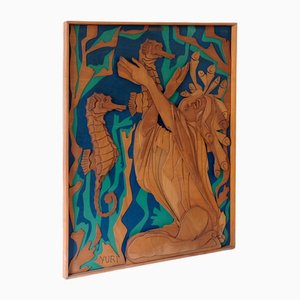

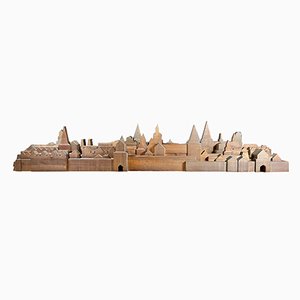
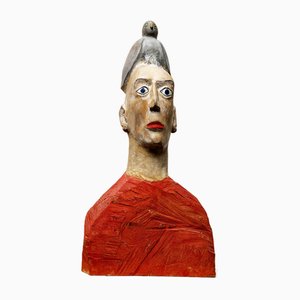
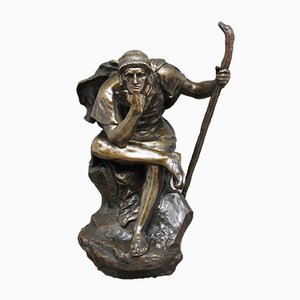



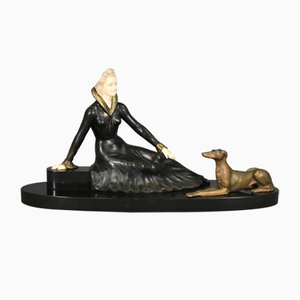


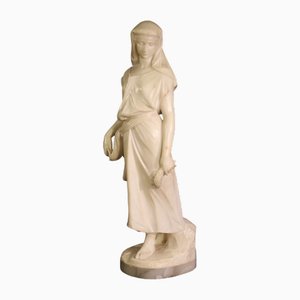




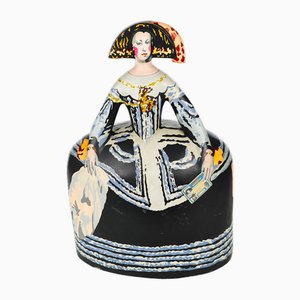
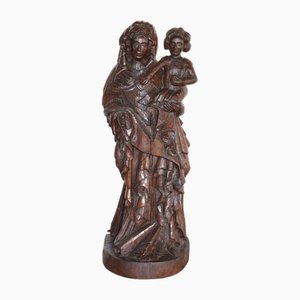

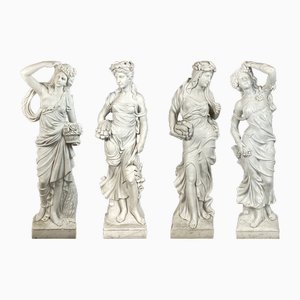
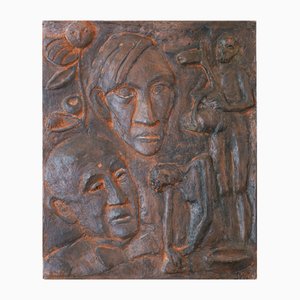
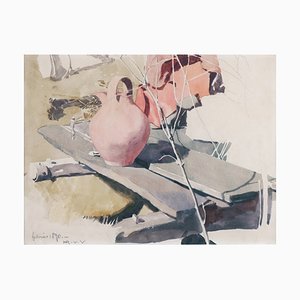
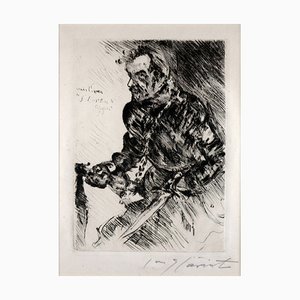
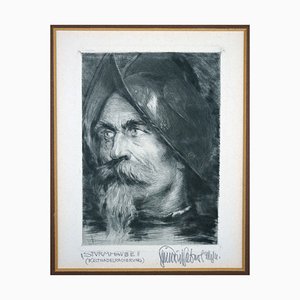
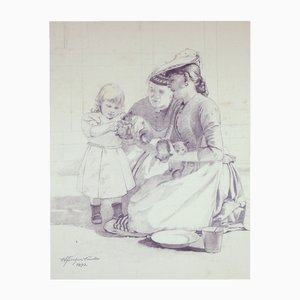
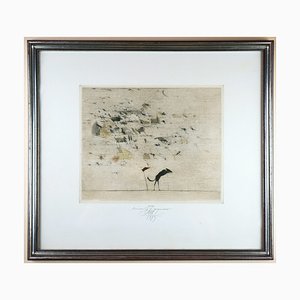



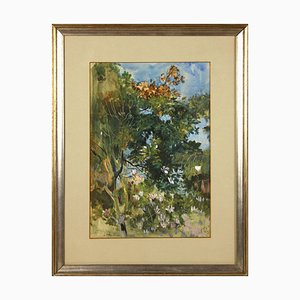
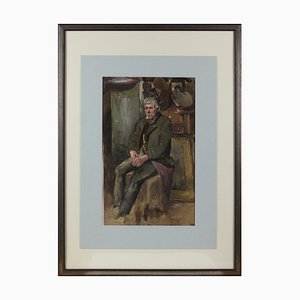


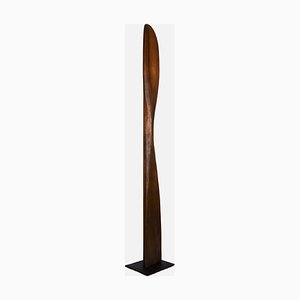


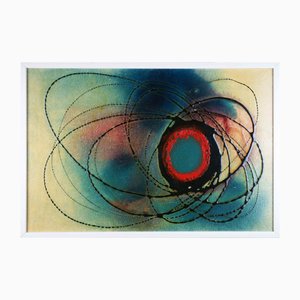


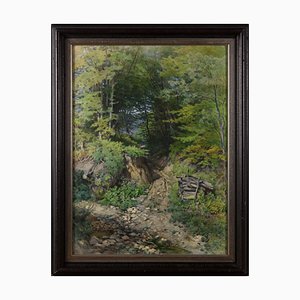
Contattaci
Fai un'offerta
Abbiamo notato che sei nuovo su Pamono!
Accetta i Termini e condizioni e l'Informativa sulla privacy
Contattaci
Fai un'offerta
Ci siamo quasi!
Per seguire la conversazione sulla piattaforma, si prega di completare la registrazione. Per procedere con la tua offerta sulla piattaforma, ti preghiamo di completare la registrazione.Successo
Grazie per la vostra richiesta, qualcuno del nostro team vi contatterà a breve.
Se sei un professionista del design, fai domanda qui per i vantaggi del Programma Commerciale di Pamono